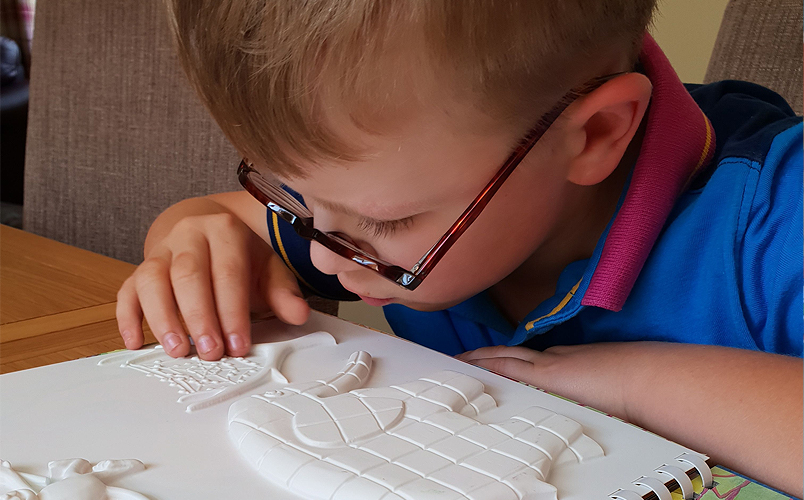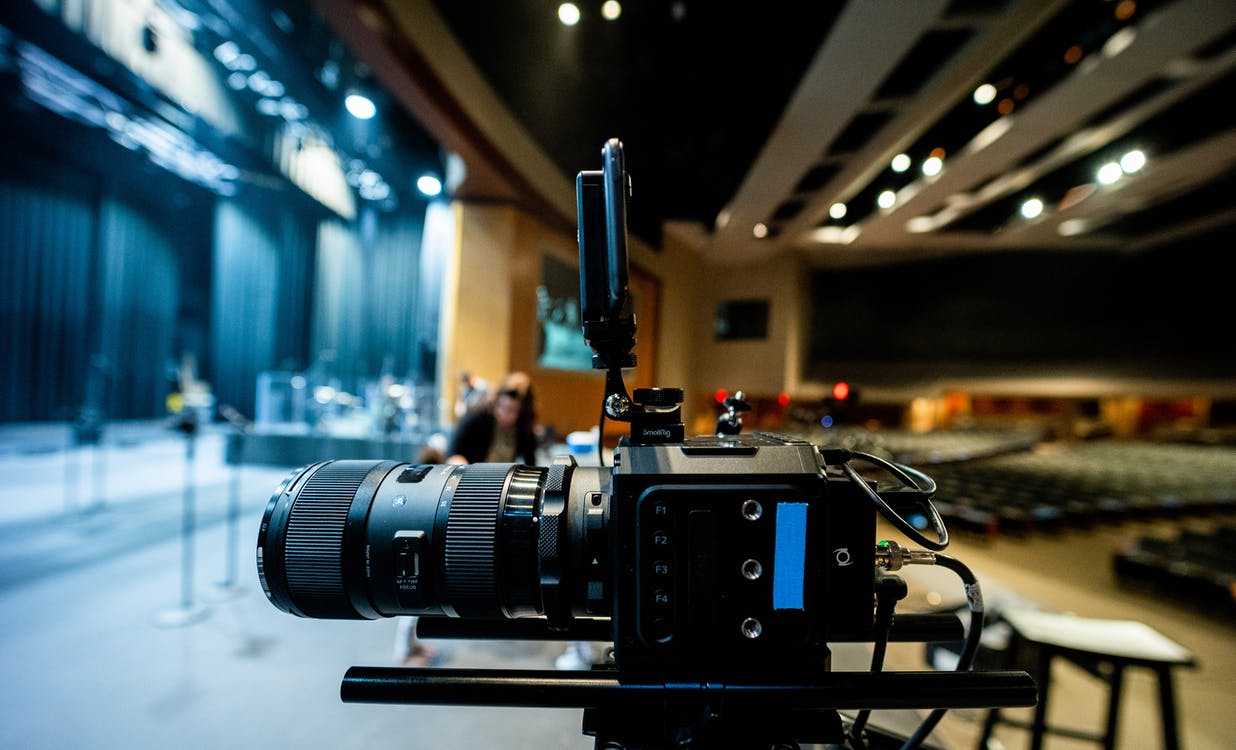
In the age of digital innovation, accessibility for the visually impaired community has taken significant strides forward. With advancements in technology, the landscape of libraries for the blind has evolved, offering a diverse range of digital resources to cater to the unique needs of individuals with visual impairments. This shift towards digital diversity has revolutionized the way blind individuals access information, empowering them to explore the world of literature and knowledge like never before.
Embracing Digital Formats
Gone are the days when braille books and audio recordings were the only options available to the visually impaired. Today, digital formats have opened up a vast array of possibilities, providing access to an extensive library of books, articles, and educational materials at the touch of a button. E-books, audiobooks, and accessible online platforms have become invaluable tools for blind individuals, offering flexibility and convenience in accessing content.
Enhanced Accessibility Features
Digital technologies have also paved the way for the development of innovative accessibility features designed specifically for the visually impaired. Screen readers, text-to-speech software, and voice-controlled devices have revolutionized the way blind individuals interact with digital content. These features enable users to navigate websites, read documents, and access information with ease, leveling the playing field and promoting inclusivity in the digital realm.
Customization and Personalization
One of the key benefits of digital diversity is the ability to customize and personalize the reading experience according to individual preferences. With adjustable font sizes, customizable color contrasts, and voice speed controls, blind individuals have greater control over how they consume content. This level of customization ensures that each individual can tailor their reading experience to suit their unique needs and preferences, enhancing overall accessibility and usability.
Breaking Down Barriers
Digital diversity in the library for the blind is not just about providing access to traditional literary works. It’s also about breaking down barriers and expanding the scope of available content. From academic journals and research papers to popular magazines and newspapers, digital libraries offer a wealth of diverse materials spanning a wide range of subjects and interests. This diversity of content empowers blind individuals to explore new topics, pursue their passions, and engage with the world in meaningful ways.
Fostering Lifelong Learning
Access to a diverse range of digital resources has transformed the library for the blind into a hub of lifelong learning and personal enrichment. Whether it’s pursuing academic studies, honing professional skills, or simply indulging in leisure reading, blind individuals now have unprecedented access to a wealth of educational and recreational materials. This accessibility not only promotes intellectual growth and personal development but also fosters a sense of empowerment and independence within the blind community.
Conclusion
In conclusion, digital diversity has revolutionized the landscape of the library for the blind in the 21st century, offering unprecedented access to a diverse range of resources and materials. From enhanced accessibility features to customizable reading experiences, digital technologies have transformed the way blind individuals access and interact with information. As we continue to embrace digital innovation, organizations like Living paintings blind charity play a vital role in ensuring that blind individuals have access to high-quality, accessible materials that enrich their lives and promote inclusivity in the digital age.


